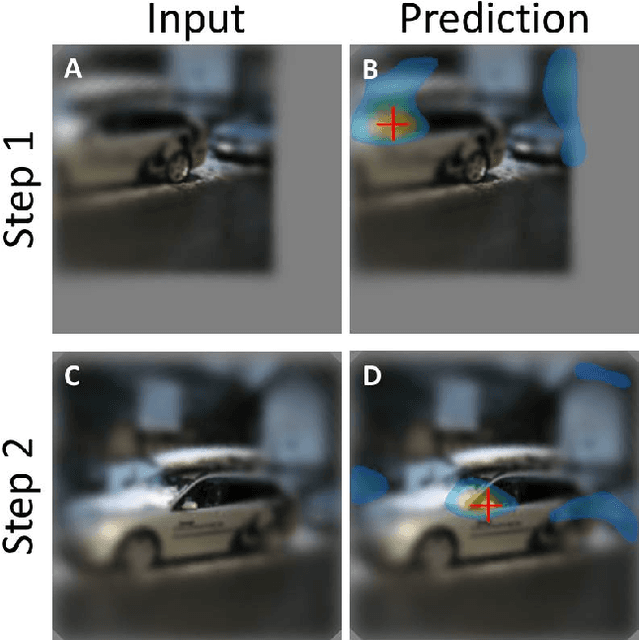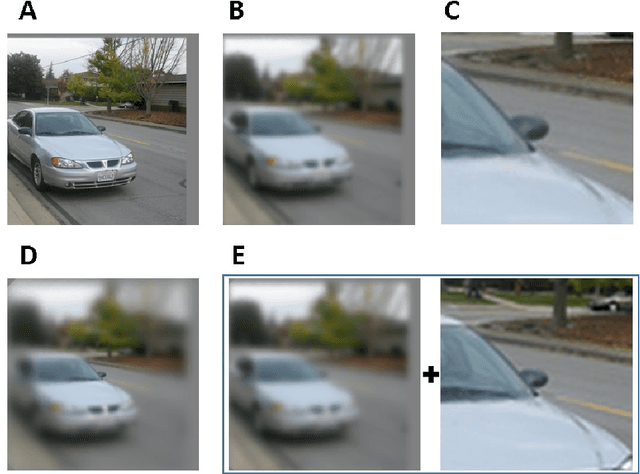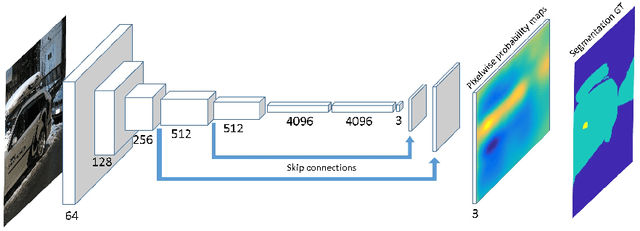Hadar Gorodissky
Large Field and High Resolution: Detecting Needle in Haystack
Apr 10, 2018



Abstract:The growing use of convolutional neural networks (CNN) for a broad range of visual tasks, including tasks involving fine details, raises the problem of applying such networks to a large field of view, since the amount of computations increases significantly with the number of pixels. To deal effectively with this difficulty, we develop and compare methods of using CNNs for the task of small target localization in natural images, given a limited "budget" of samples to form an image. Inspired in part by human vision, we develop and compare variable sampling schemes, with peak resolution at the center and decreasing resolution with eccentricity, applied iteratively by re-centering the image at the previous predicted target location. The results indicate that variable resolution models significantly outperform constant resolution models. Surprisingly, variable resolution models and in particular multi-channel models, outperform the optimal, "budget-free" full-resolution model, using only 5\% of the samples.
 Add to Chrome
Add to Chrome Add to Firefox
Add to Firefox Add to Edge
Add to Edge